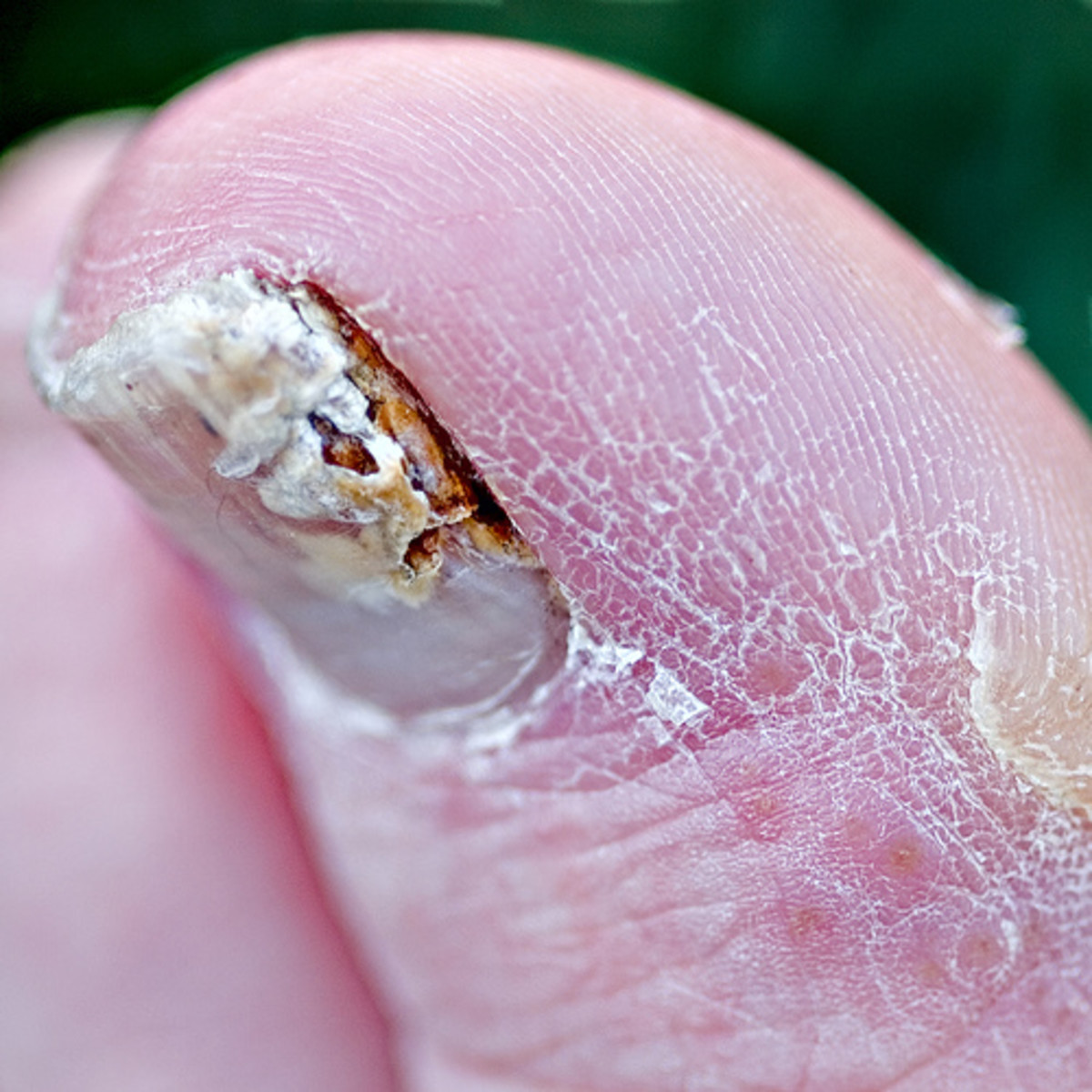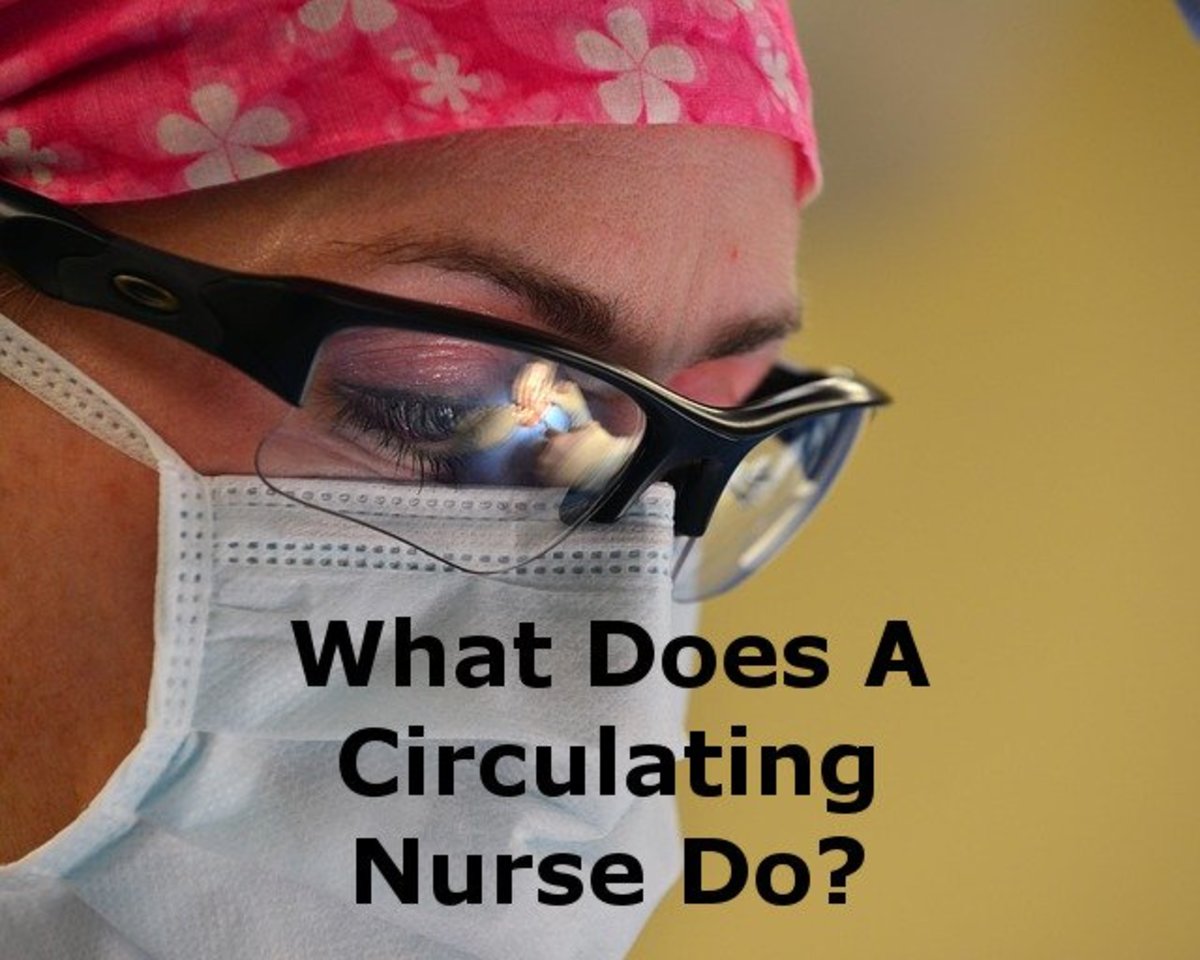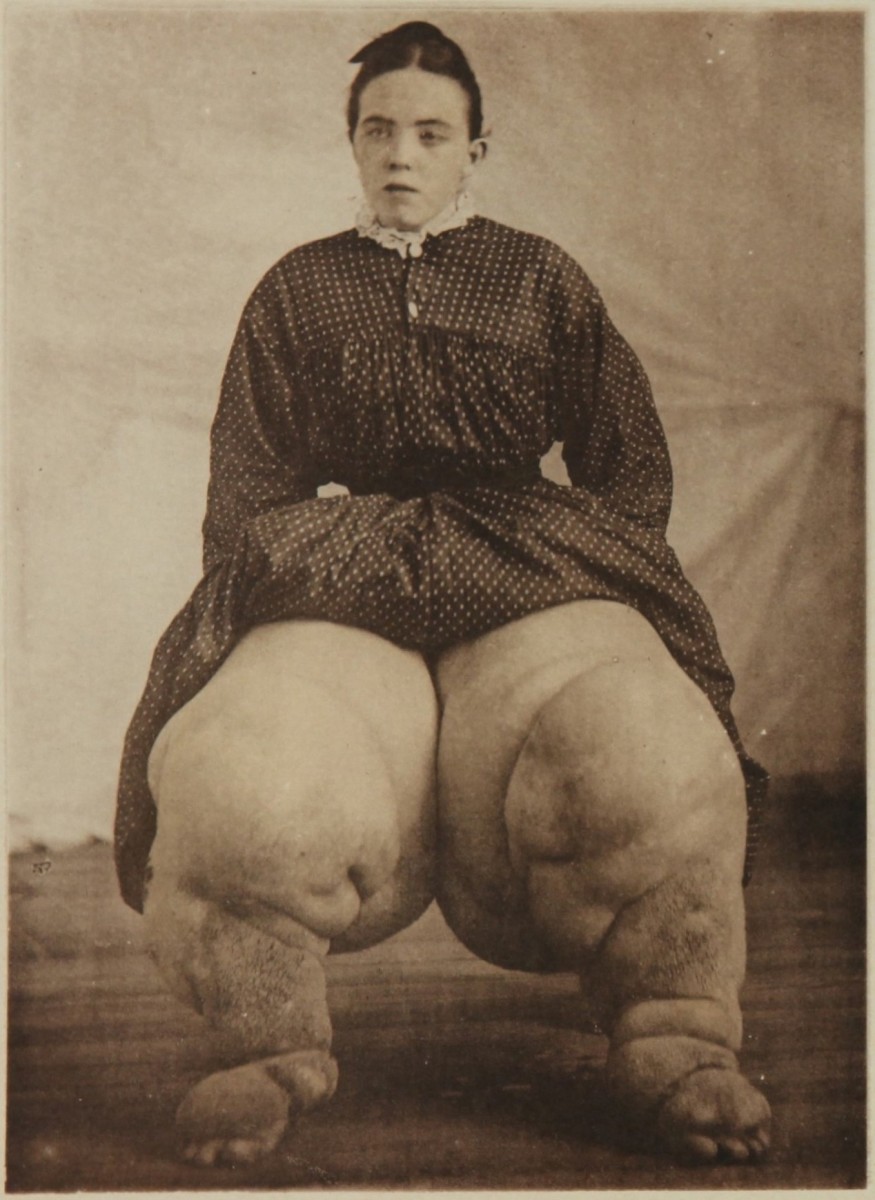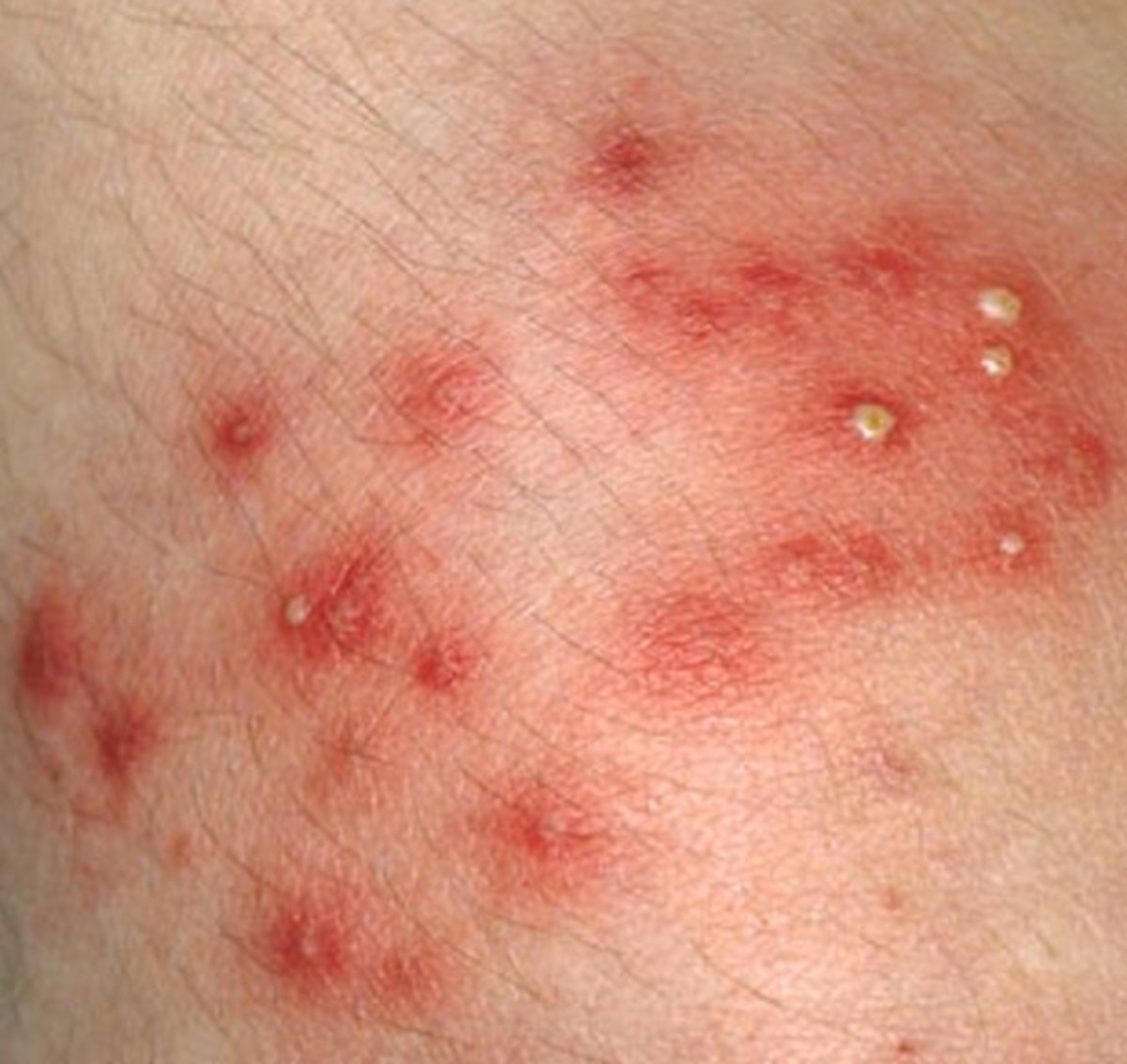Wound Infection After Surgery
Surgical wounds
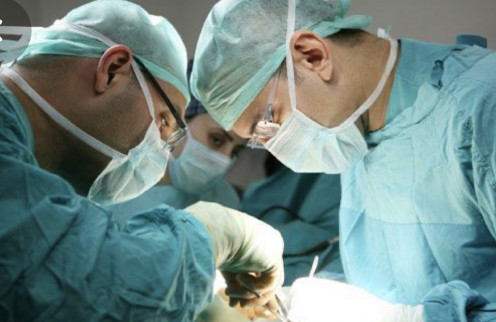
Surgical Site Infections
As a Certified Surgical Technologist (CST), I complete my proper handwash, set up the operating room for an open-heart procedure and pray the case goes well. While policing the surgical field, I notice the surgeon has a hole in his glove. I inform him that he needed to change his glove and get rid on the instrument in his hand. This one act took the surgery from clean to contaminated. Once the surgery is over, the patient is taken to the intensive care unit (ICU). Week later, the surgical team was called in because one of the patients was draining inflammation from the chest tube. I was called into work and prepare for the patient to return to the operating room., this patient was the same patient when the surgeon’s glove was torn. Once we clean the wound and closed the patient successful was sent home. In this situation, we were happy to resolve that infection, but you get some that does not go well.
As the United States health care organization become more advanced, we are noticing more operating rooms develop. From new products being made to minimum invasive surgery being perform, surgical site infections (SSI) still haunt the surgical teams today. SSI’s is caused by bacteria that lives on our skin, when a patient under goes surgery the first line of defense (skin) is broken (Ungvarsky, 2018). This one action creates the opportunity for the bacteria to gain access inside the patient wound. One of the first prevention for SSI includes handwashing and hand sanitizing. These simple tasks have a great impact with implementing, enacting, and influencing public policy.
Hand sanitizer is the fastest way to find the cut on your hands!
Why is it so difficult to do? The sad truth about hand hygiene is employees do not comply, based on many excuses (Haas DNS & Larson Ph.D., 2008). the Center of Disease Control, created possible solutions for most of the issues (Dyer, 2000). Nothing is perfect today, not even when it comes to preventing SSIs. The policies on hand hygiene do have barriers that influence non-compliance. These issues consist of, lack of access to sinks, lack of time, chapped skin, ignorance, cost, culture and lack of accountability (Haas DNS & Larson Ph.D., 2008). To address many of these issues, the healthcare organization should incorporate senior administration (Haas DNS & Larson Ph.D., 2008). Surgical units are unique, because the different surgical procedures require the operating room to be set up a certain, involving the fire department can help staff compliance in hand hygiene. According to Janet P. Haas and Elaine L. Larson (2008) a study in Pennsylvania School of Medicine implemented a program by including patients to ask health professional if their hands were clean prior to being examine, this encourage employees to comply with hand hygiene from 35%-60%. In the operating room, patients are put to sleep, I personal think put in place where staff must sign off of proper handwash would increase compliance as well. In the OR, our desired outcome for SSIs is preventions this includes:
- Hand Hygiene
- Determine Risk Factors for patients
- Employee Compliance with protocols
Based on the Center for Disease Control (2019), being compliant with the hand hygiene could save est. 3.3 billion dollars. Healthcare organizations implementing hand hygiene, by putting of funny posters and give initiatives to employees (Haas DNS & Larson Ph.D., 2008). In mt experience, I have yet to see this approach being successful because staff act on second nature. When there was an outbreak of SSIs in city I worked, surgeons would enforce CST to do a hand wash instead of using the hand sanitizer. But according to studies, the surgeons are mainly non-compliant with proper hand hygiene, this was true in my experience surgeon would blame staff for infections and not themselves (Haas DNS & Larson Ph.D., 2008).
Thanks to the Center for Medicare and Medicaid states are required to publicist their rates of Health-care Association Infection (includes surgical site infection). (CMS) implemented nonpayment for healthcare Association Infection, Infection of the sternum (Mediastinitis) following a Coronary Artery Bypass Graft, Bariatric Surgery for Obesity, Infection following orthopedic surgeries. In my workplace, we also put in place limiting the traffic in the OR in these surgical procedures stated. This is something that lowers a patient risk, but it conflicts with students doing their clinical rotation and new hired staff.
Surgical site infection prevention includes patient following guidelines for lower their risk. Today many surgeries are elective, meaning not an emergency and they scheduled the surgery (Pear, 2007). Most of the schedule cases give a two-week window, that gives the patient plenty of time to prepare. When these patients show up for surgery, there are some factors that impact the risk of SSIs. Let’s face it, no one is perfect in the OR, some people are short, tall, big, small etc. The NNIS risk index to determine the risk (Pear, 2007). Going by a scoring system that ranges from 0-3 determines risk for infection outcome. These include, Patient had surgery that was contaminated or dirty (1 point), an anesthesia score of 3,4, or 5 (1 point) and the duration of the surgery based on the T point for common surgical procedures (1 point) (Pear, 2007). According to this information, most of the patients that come in for open heart surgery are placed at high risk for infections, especially when the patient has diabetes. This is scary for surgical staff, because even when awe take the proper precaution the patient is susceptible.
Although CST are invisible to many patients, we are all dedicated in providing quality care. We give these patients a voice while they are under anesthesia, it is our responsibility to prevent SSIs and them having to return to the OR. The polices develop for prevention can lower the risk of SSIs, yet sometimes it is out of your hands. Hand hygiene, is still the main source of SSI prevention, and will continue to be for a long time.
References
Dyer, D. L. (2000, May 1, 2000). Infection Control Today: Handwashing and problems Solutions. Infection Control Today. Retrieved from https://www.infectioncontroltoday.com/infectious-diseases-conditions/study-measles-transmission-china-has-implications-controlling
Haas DNS, RN CIC, J. P., & Larson Ph.D., RN, CIC, FAAM, E. L. (2008). Compliance with Hand Hygiene. The American journal of nursing, 108, 40-44. https://doi.org/10.1097/01.NAJ.0000330260.76229.71
Pear, S. M. (2007). Patient Risk Factors and Best Practices for Surgical Site Infections Prevention. MANAGING INFECTION CONTROL, 56-64. Retrieved from https://www.halyardhealth.com/media/1515/patient_risk_factors_best_practices_ssi.pdf
Ungvarsky, J. (2018). Surgical site infection (SSI). In Surgical site infection (SSI). Retrieved from https://ezp.waldenulibrary.org/login?url=https://search.ebscohost.com/login.aspx?direct=true&db=ers&AN=119214281&site=eds-live&scope=site

